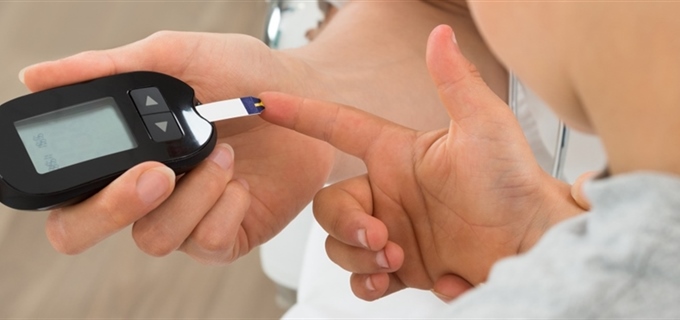Get News & Updates Directly To Your Inbox


Get News & Updates Directly To Your Inbox

Find A Doctor Or Hospital In Your Network.

Diabetes happens in people of every age, race, shape and size. Type 1 usually affects children and young adults though. Once known as juvenile diabetes, only 5% of people with diabetes have this form of the disease. The rest have Type 2 diabetes.
With Type 1 diabetes, the pancreas no longer makes insulin. Insulin is a hormone that helps the body regulate blood sugar (also called blood glucose). The body breaks down the carbohydrates we eat into blood sugar. Insulin moves blood sugar from the blood stream into cells throughout the body. Without blood sugar, cells are starved of the energy they need to work properly, which can lead to organ damage.
Symptoms of Type 1 diabetes can include:
People with Type 1 diabetes may also have problems with:
People diagnosed with Type 1 diabetes are prescribed insulin since their bodies don’t make it. With the help of insulin and other treatments, even young children can learn to manage their condition and live long, active, healthy lives.
A healthy diet, regular exercise and not smoking are positive actions that can make a big difference, too.
Of course, working closely with your doctor, nurse and diabetes care team to keep your blood sugar level in check is vital.
While Type 1 diabetes can’t be cured, people diagnosed with the disease can live healthy and well when they take positive steps to manage it.
Blue Cross and Blue Shield of Oklahoma, a Division of Health Care Service Corporation,
a Mutual Legal Reserve Company, an Independent Licensee of the Blue Cross and Blue Shield Association
© Copyright 2025 Health Care Service Corporation. All Rights Reserved.
Verint is an operating division of Verint Americas, Inc., an independent company that provides and hosts an online community platform for blogging and access to social media for Blue Cross and Blue Shield of Oklahoma.
![]() File is in portable document format (PDF). To view this file, you may need to install a PDF reader program. Most PDF readers are a free download. One option is Adobe® Reader® which has a built-in screen reader. Other Adobe accessibility tools and information can be downloaded at https://www.adobe.com/trust/accessibility.html.
File is in portable document format (PDF). To view this file, you may need to install a PDF reader program. Most PDF readers are a free download. One option is Adobe® Reader® which has a built-in screen reader. Other Adobe accessibility tools and information can be downloaded at https://www.adobe.com/trust/accessibility.html. ![]()
![]() You are leaving this website/app ("site"). This new site may be offered by a vendor or an independent third party. The site may also contain non-Medicare related information. Some sites may require you to agree to their terms of use and privacy policy.
You are leaving this website/app ("site"). This new site may be offered by a vendor or an independent third party. The site may also contain non-Medicare related information. Some sites may require you to agree to their terms of use and privacy policy.
Powered by Verint